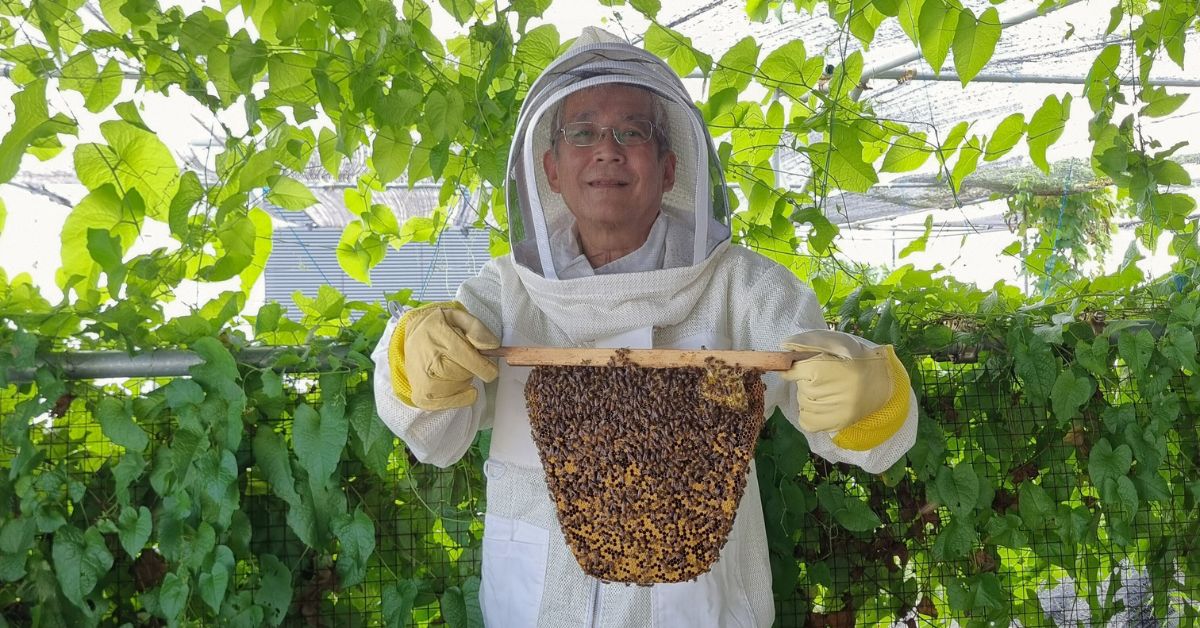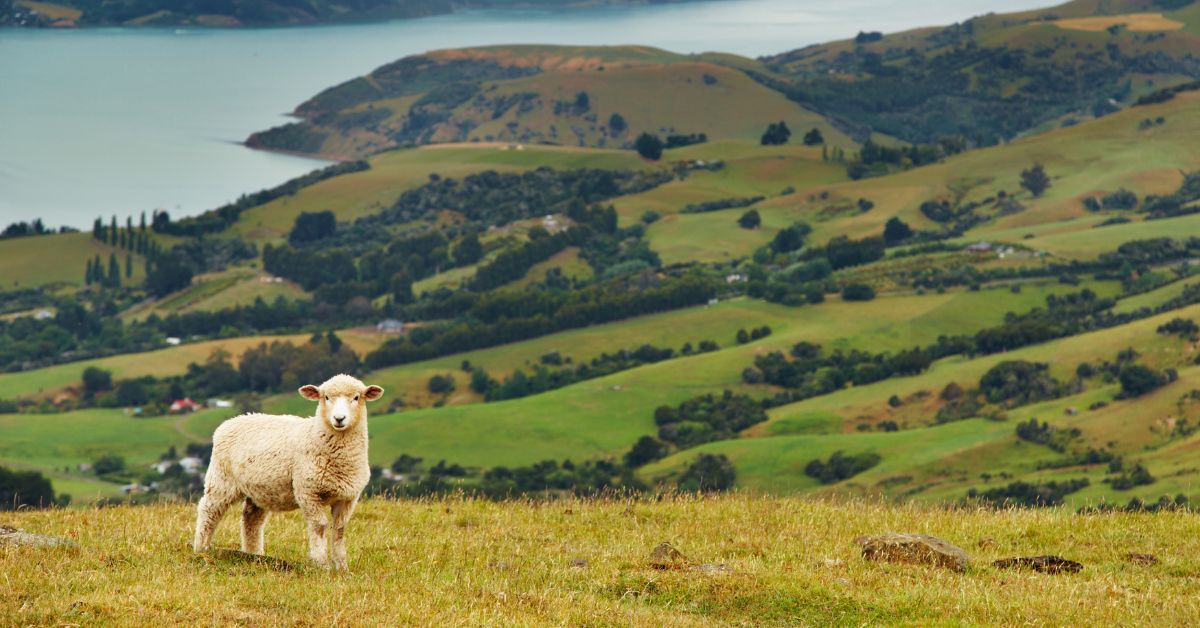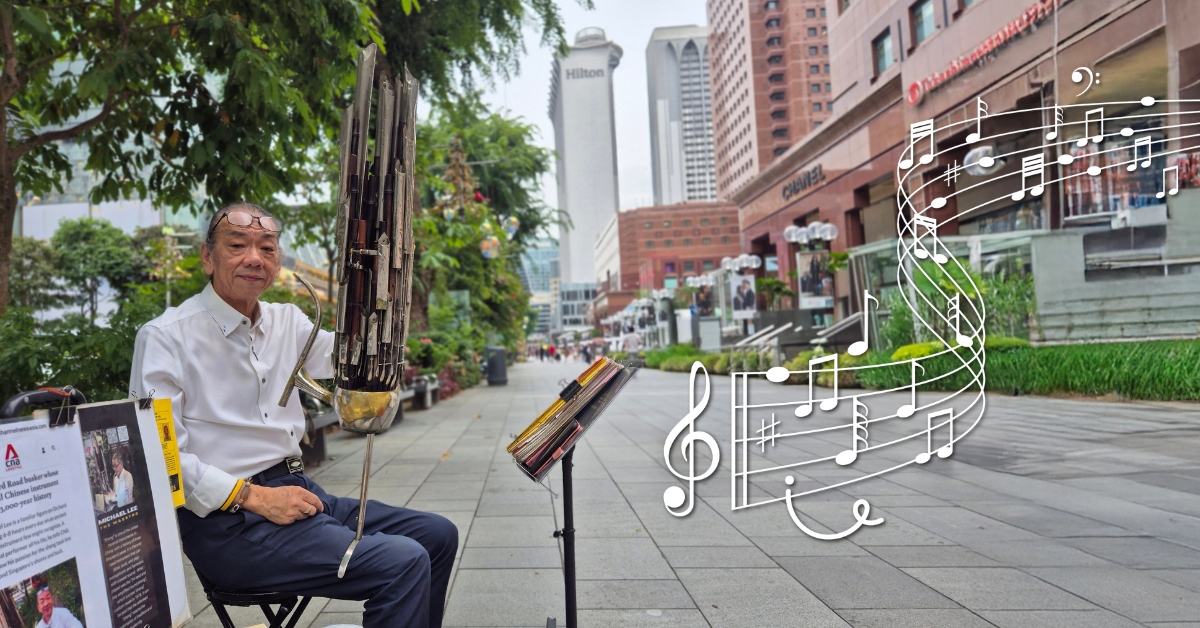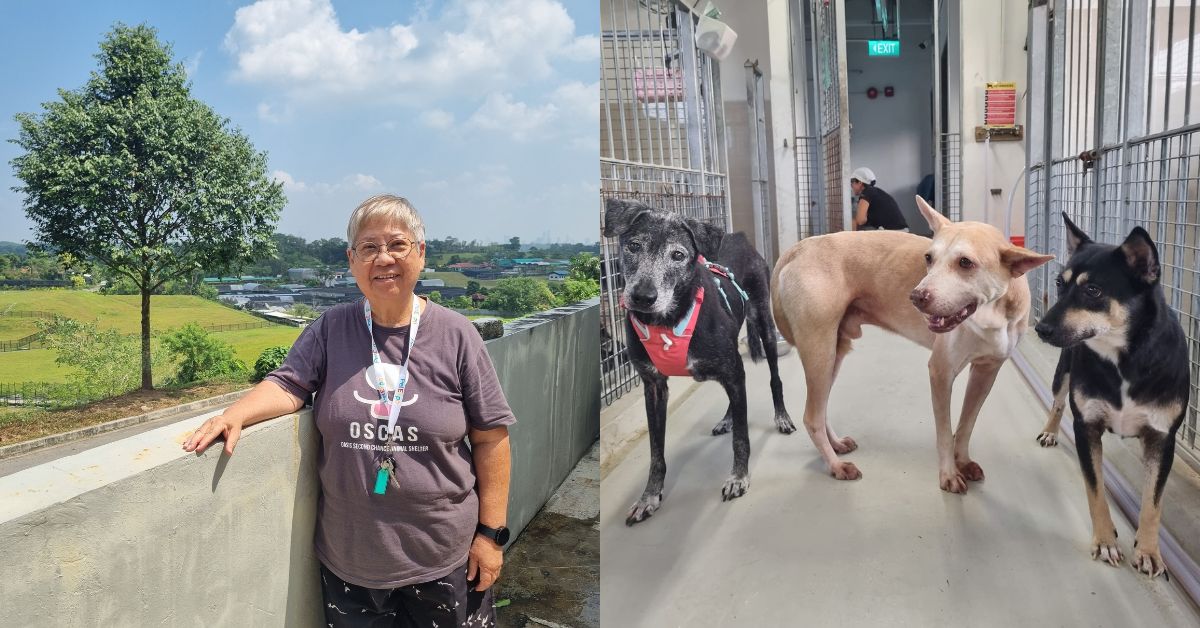
Mary Soo is not living out your stereotypical idea of retirement.
Instead of travelling the world, the 76-year-old travels to the dog shelter she co-founded, Oasis Second Chance Animal Shelter (OSCAS), in far-flung Sungei Tengah.
Instead of spending her day looking after grandchildren, she cooks, cleans and tends to over 70 dogs living within the two-storey animal sanctuary with the help of part-time volunteers.
And instead of going for walks – well, she does go for strolls on the beach, though the silver never walks with pina colada in hand, since she needs both hands free to haul a trolley containing several movement- or sight-impaired dogs.
"It’s good to bring them out of the shelter once in a while, to enjoy the sun and hear the waves. It makes life interesting for my babies – they are all my babies,"
says Mary.
Advertisement
Indeed, the silver has spent the better part of the last 20 years – and a huge portion of her savings, accrued over a successful corporate career in banking – on her dogs.
OSCAS racked up a bill of over $300,000 on vet bills alone last year, and that’s before counting daily expenses like rent, utilities and food.
Charitable donations and fundraising activities pay for most of these expenses, but Mary dips into her savings when there’s a shortfall – and there often is, especially during the pandemic.
She tells us that she’s “downgraded over the years from a bungalow to a semi-detached house, and finally a terraced house” as the funds from her career flowed into OSCAS and its furry residents.
"Looking back, I wouldn’t change a thing,"
she says.
Lifelong passion for animals
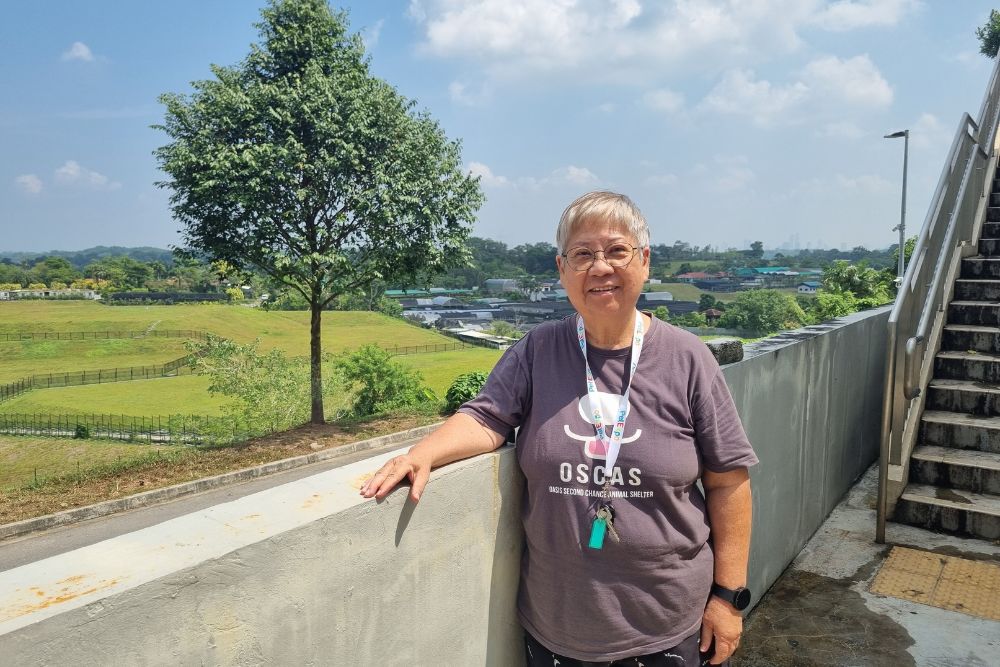
Mary started off volunteering with the Society for the Prevention of Cruelty to Animals (SPCA) as a student.
Her passion for the cause of animal welfare was immediate – she spent more time with the organisation even after graduating and getting a full-time job, eventually splitting her time between banking and SPCA as its vice-chairman.
It was only in 2004 that she inadvertently started on a journey towards OSCAS, when she started feeding stray dogs with co-founder Anita Paul at a forested area in Changi.
Wielding powerful torchlights and a trolley laden with dog food, the two women ventured deep into the gloom of the jungle, not knowing that their steps would eventually lead them to the creation of their own animal welfare organisation.
"It was very dark, and we couldn’t find any dogs at first. But after a while – maybe the dogs got used to our presence and saw that we meant no harm – we started spotting sparkling eyes all around us,"
Mary says.
"There were so many of them – but they were so gentle, so calm. They didn’t rush for the food. They didn’t even bark. We left it on the ground, and moved away, and then they came in and finished everything within seconds."
"They got to know us, and soon they knew what time we would come. They’ll be waiting for us, tails wagging and barking for joy. You really feel a deep sense of appreciation,"
she adds.
Their nightly routine continued for a year, until the authorities announced that the land would be cleared and the dogs culled.
"We begged for two months – two months to rescue all the dogs, because we’d grown to know them and love them. We couldn’t let them die,"
says Mary.
And so they did, working with SPCA volunteers to quickly trap 60 dogs and relocate them to the now-defunct Ericsson Pet Farm in Pasir Ris. OSCAS was officially registered as a charity organisation a year later in 2006.
Running OSCAS like a home
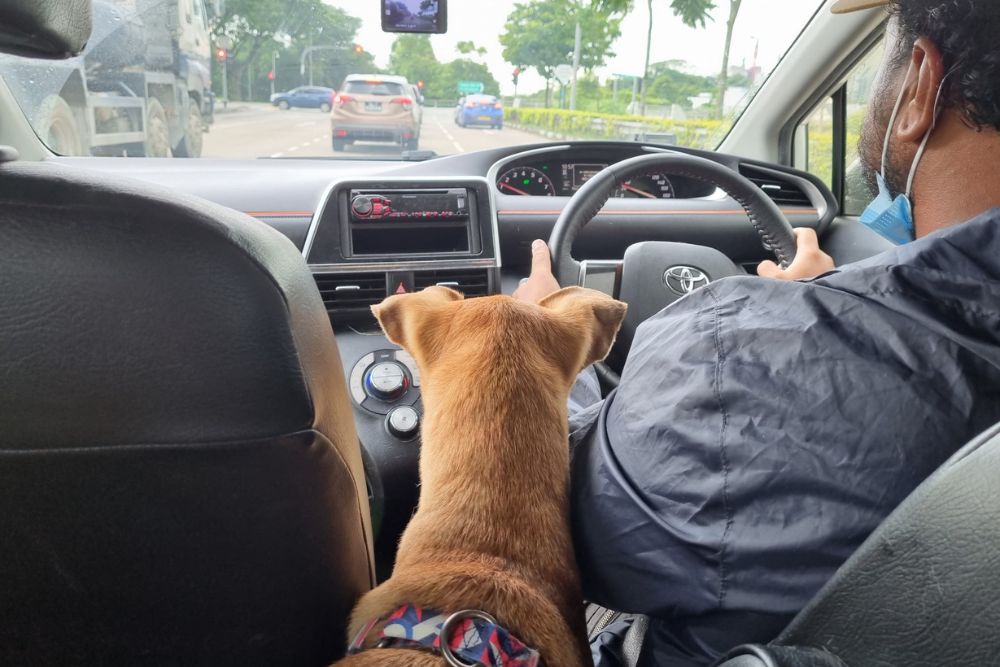
The non-profit now houses 70 dogs, having shifted to Sungei Tengah following the closure of Ericsson Pet Farm in 2017 to make way for industrial development. While this is less than its peak of 130 dogs back in roomier Pasir Ris, running costs remain a daily concern for Mary.
"Our running costs are very high because we try to give the dogs the best life possible with the resources we have. I run it like a home, not a shelter – my door is open to any dog that shows up, regardless of whether it is ‘adoptable’. We take in senior citizens, dogs that get abandoned after getting injured in a car accident, you name it – we won’t say no,"
she says.
More than 40% of the dogs she houses are above 7 years of age and therefore considered senior.
Such dogs are usually less likely to be adopted, even though they can “easily live up to 20 years of age with proper food and care”, says Mary.

Plenty of walks, prompt medical care and a nutritious diet of minced meat, liver and mixed vegetables cooked daily on-site by Mary and her volunteers have all contributed to OSCAS’ population of eight “pioneer dogs” above the age of 15.
The dogs that do pass on are cremated; their ashes stored in colourful urns that line the wall of the shelter’s cramped office.
"I miss each and every one of them, like they’re my own children,"
says Mary.
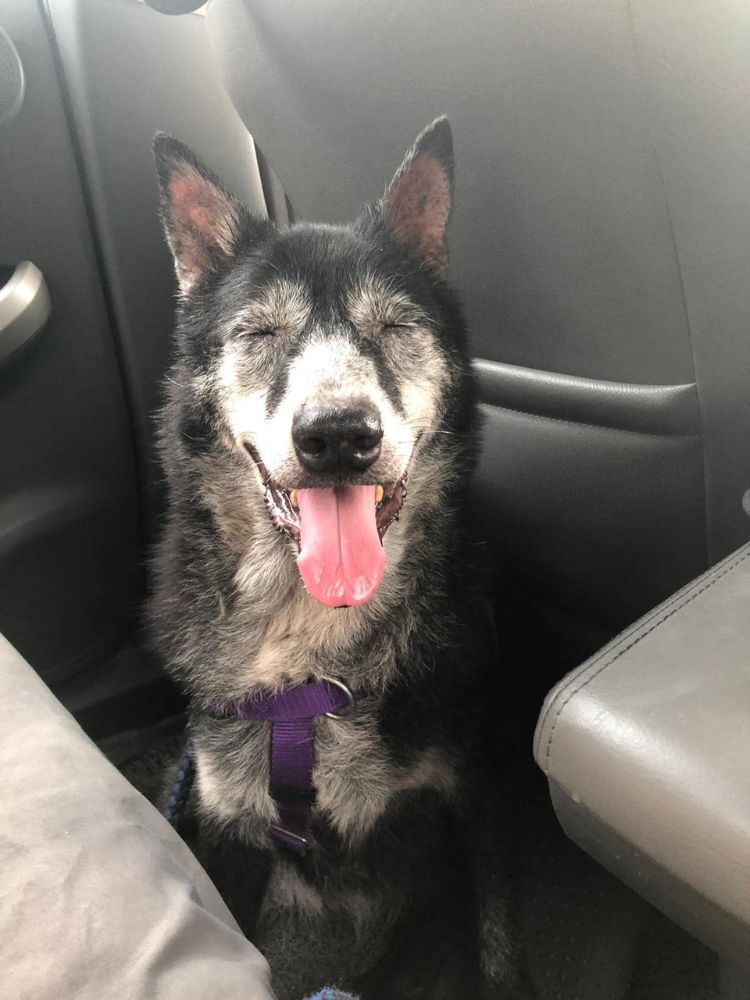
Looking for a successor
Having spent the last four decades of her life caring for animals, Mary observes that the state of animal welfare has seen marked improvements in Singapore.
"People are getting better – their perception is more nuanced, and their understanding of how animals feel and ought to be treated is generally improving. Relations between non-profits and government authorities have also improved over time, as they’re generally more receptive to feedback and will even proactively reach out to stakeholders like us for our opinions,"
she says.
While she’s not ready to hang up her leash just yet – she’s still in the midst of looking for a worthy successor – Mary has no regrets about dedicating her silver years, and plenty of time before that, to her animals.
"When I first started this, I never knew what a massive project it would become. Yes, I had to forego the lifestyle I used to enjoy, but I think money is not everything. I have enough for myself,"
she says.
"The thing is, I'm just happy that I managed to give so many dogs a second chance, to live their lives happily after they've been left for dead on the street. That is priceless."


